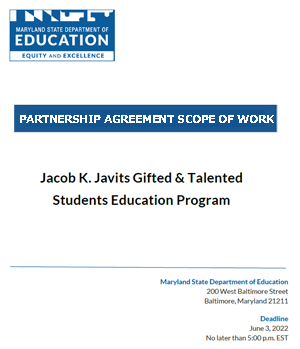Federal Spending on Gifted Education Remains Miniscule at 0.014% of K-12 Budget

Washington D.C. – Federal funding specifically allocated for gifted education programs constitutes a remarkably small fraction of the overall U.S. federal education budget, with the sole dedicated program, the Jacob K. Javits Gifted and Talented Students Education Act, receiving approximately 0.014% of the total federal K-12 education funding. This figure underscores a long-standing trend of minimal direct federal investment in this area, leaving the vast majority of support and policy decisions to state and local authorities. The Javits program, designed to support research and demonstration projects for identifying and serving gifted students, particularly those from underrepresented backgrounds, received $16.5 million in federal funds in Fiscal Year 2024. This contrasts sharply with the estimated $119.1 billion in total federal funding directed towards K-12 public education nationwide in 2025. A social media post by user TracingWoodgrains highlighted this disparity, stating, "Only 0.02% of the federal education budget is spent on gifted education." While the exact percentage varies slightly depending on the total budget figure used, the overall sentiment of negligible federal allocation is consistent with available data. The U.S. Department of Education's budget documents for Fiscal Year 2025 show the Javits program allocated $16.5 million. However, the proposed Fiscal Year 2026 budget indicates a shift, with the Javits program's funding being consolidated into a broader K-12 Simplified Funding Program. This change would grant states greater discretion in how federal funds are utilized for various educational initiatives, including those that might benefit gifted students, but removes a direct, earmarked federal line item for gifted education. Experts and advocates for gifted education have long pointed out the limited federal role. Unlike programs for students with disabilities, such as the Individuals with Disabilities Education Act (IDEA), there is no federal mandate or significant dedicated funding stream for gifted students. Consequently, the provision and funding of gifted education services vary widely across states and local school districts, with many states providing little to no specific financial support. This decentralized approach means that access to gifted education services often depends heavily on geographic location and local district priorities. While some states and localities have robust programs, others offer minimal or no specialized services, creating significant disparities in educational opportunities for high-ability learners across the nation. The ongoing debate surrounding federal education spending continues to highlight the perennial challenge of balancing national educational goals with local control and funding realities.